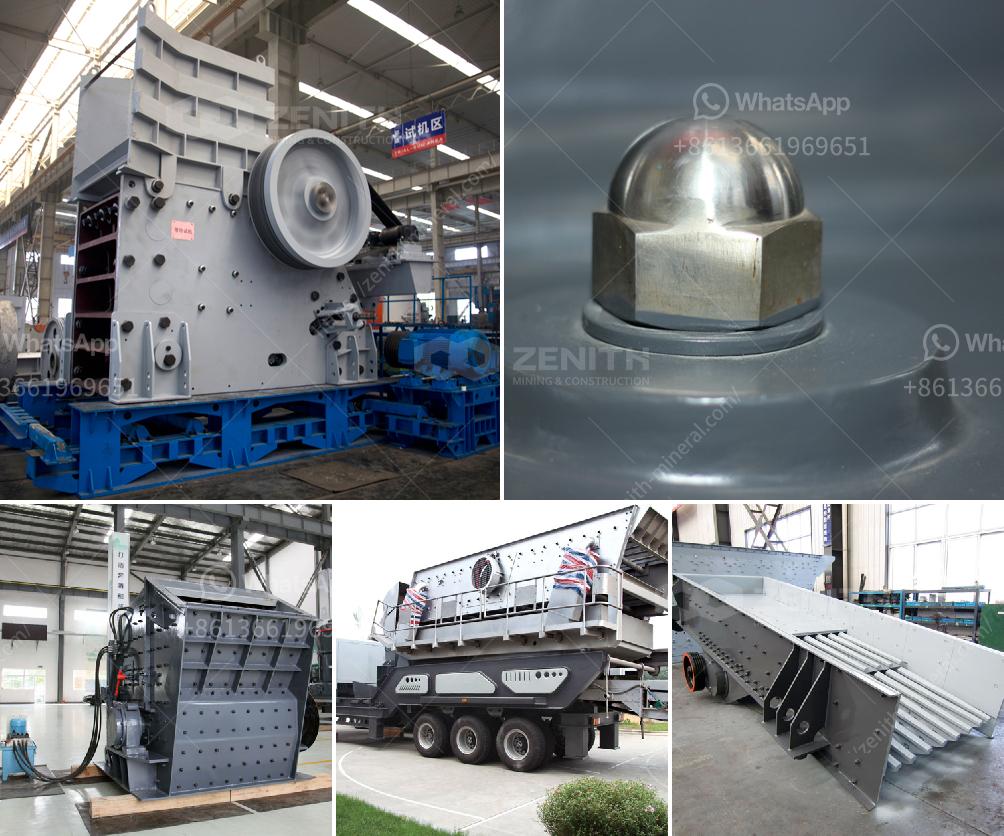An impact crusher is a machine used to break down materials by utilizing impact force. Here’s a step-by-step explanation of how it works:
Material Feeding: The material to be crushed is fed into the crusher’s feeding inlet, where it is evenly distributed into the crushing chamber.
Initial Impact: Inside the crushing chamber, the material first encounters a rapidly rotating rotor. Attached to this rotor are impact bars or hammers that strike the material with great force.
Secondary Impact: After the initial impact with the hammers, the material is flung against impact plates (also known as breaker plates) within the crusher. These plates provide secondary impact that further breaks down the material.
Crushing Process: The material is subjected to repeated impacts from the hammers and impact plates, which crush it into smaller pieces. The size reduction continues until the material is fine enough to pass through the designated openings at the bottom of the crusher.
Output: Once the material has been sufficiently reduced in size, it exits the crusher and can be collected for further processing or use.
Impact crushers are often used in the initial stages of material processing in industries like mining, quarrying, and recycling, where they help reduce large, coarse materials into more manageable sizes. They are especially effective with non-abrasive to moderately abrasive materials.
